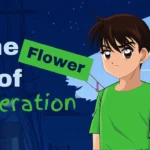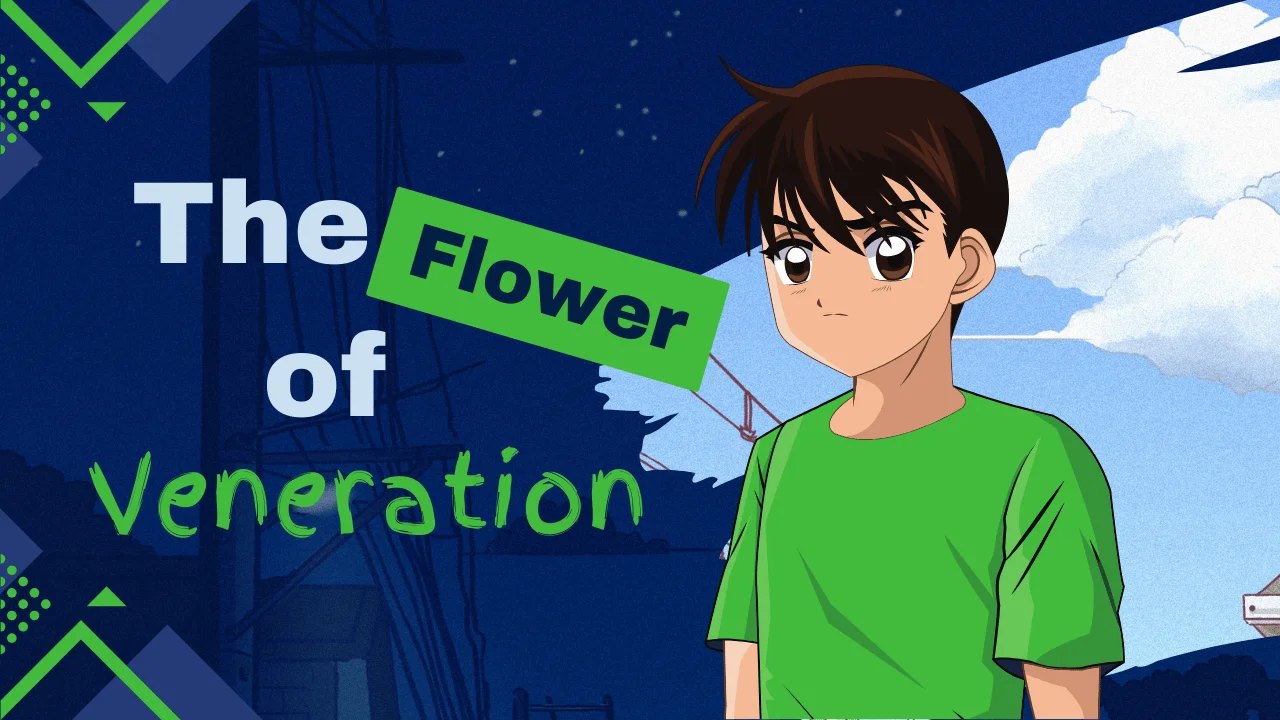Flowers, throughout human history, have held a special place in cultural, spiritual, and artistic expressions worldwide. From ancient rituals to modern symbolism, these delicate blooms embody meanings that transcend mere aesthetics. “The flower of veneration” encapsulates this deep-rooted reverence, exploring how different cultures and religions attribute symbolic significance to specific flowers. This article delves into the profound spiritual meanings, cultural expressions, and artistic inspirations associated with these revered blossoms.
Cultural Reverence for Flowers
In various cultures globally, specific flowers are revered for their symbolic meanings and cultural significance. These flowers often play essential roles in religious ceremonies, rituals, and everyday practices, symbolizing purity, beauty, and spiritual transcendence. For example, the lotus flower holds immense symbolic value in Hinduism and Buddhism, representing purity and enlightenment due to its ability to emerge pristine from murky waters. Similarly, the rose is celebrated in Christian traditions as a symbol of love and devotion, traced back to its association with the Virgin Mary.
Spiritual Symbolism of Flowers
Flowers serve as powerful symbols in spiritual contexts, conveying profound meanings that connect believers to higher realms or principles. In addition to the lotus and rose, various other flowers such as the lily, jasmine, and orchid carry spiritual symbolism across different faiths and traditions. These flowers are often used in prayers, offerings, and rituals to invoke spiritual blessings, purification, and divine favor.
Ritualistic Uses of Sacred Blooms
The ritualistic use of flowers spans across civilizations, where they are employed in ceremonies to mark significant life events, transitions, and religious observances. In Hindu ceremonies, marigolds and jasmine are commonly used for adornment and offerings, symbolizing auspiciousness and purity. In Japanese culture, cherry blossoms hold cultural significance during hanami (flower-viewing) festivals, symbolizing the beauty and impermanence of life.
Sacred Blooms in Art and Literature
Flowers have long served as muse and motif in art and literature, inspiring artists and writers to explore themes of beauty, mortality, and the human condition. From the still-life paintings of Dutch masters to the haiku poetry of Japanese tradition, flowers evoke emotions and provoke contemplation. Artists such as Georgia O’Keeffe immortalized flowers in bold, abstract forms, highlighting their sensual and symbolic allure.
Aesthetic Significance and Symbolic Beauty
The aesthetic appeal of flowers transcends cultural boundaries, captivating hearts with their vibrant colors, intricate forms, and delicate fragrances. Beyond their visual appeal, flowers symbolize the cycle of life, renewal, and the fleeting nature of existence. Artists and designers draw inspiration from floral motifs, integrating them into fashion, architecture, and decorative arts, reflecting humanity’s enduring fascination with nature’s beauty.
Universal Reverence and Cross-Cultural Appeal
Despite cultural diversity, certain flowers enjoy universal reverence for their intrinsic beauty and symbolic resonance. The cherry blossom in Japan, for instance, symbolizes the ephemeral nature of life and the fleeting beauty of youth. Similarly, the lotus flower’s depiction in ancient Egyptian art symbolizes rebirth and regeneration, mirroring its significance in Eastern spiritual traditions.
Also Read: Garden Bros Nuclear Circus Accident
Conclusion
“The flower of veneration” embodies the universal admiration and deep-rooted symbolism associated with flowers across different cultures and spiritual beliefs. From ancient rituals to modern interpretations, flowers continue to inspire awe and reverence, transcending geographical and temporal boundaries. This article has explored the multifaceted meanings of these sacred blooms, illustrating their enduring impact on human spirituality, culture, and creativity.
In essence, flowers are not merely botanical marvels but profound symbols that enrich human experiences, offering glimpses into the divine, the ephemeral, and the timeless beauty that defines our existence. As we continue to celebrate and contemplate these floral wonders, their significance in our lives remains as enduring as the petals that adorn them.




![NBA Bute: [Alternatives Reddit Recommends in 2024] Nba Bute](https://humanityidea.com/wp-content/uploads/2024/06/Nba-Bute-150x150.webp)





